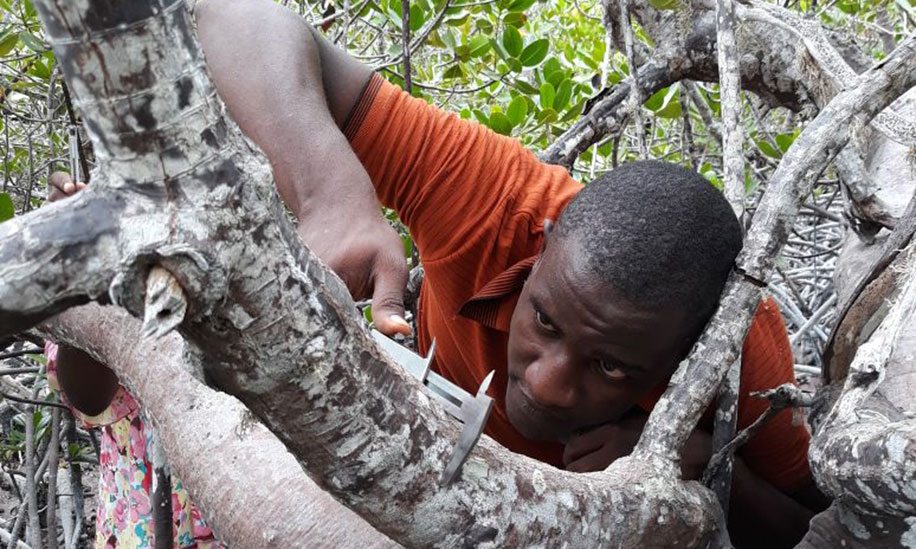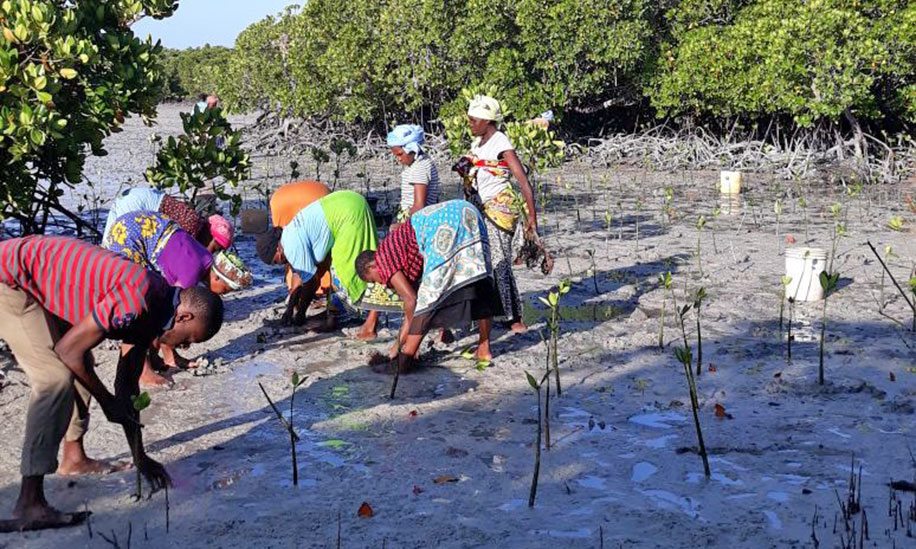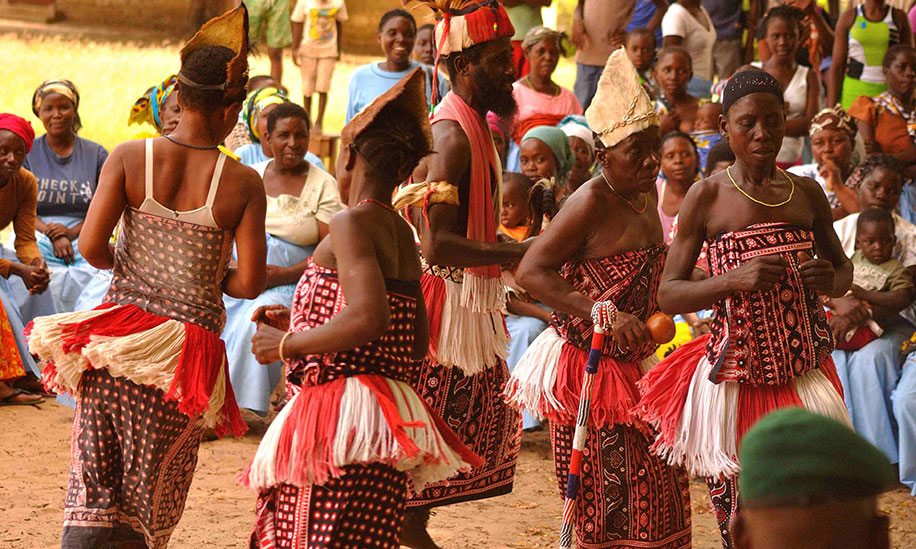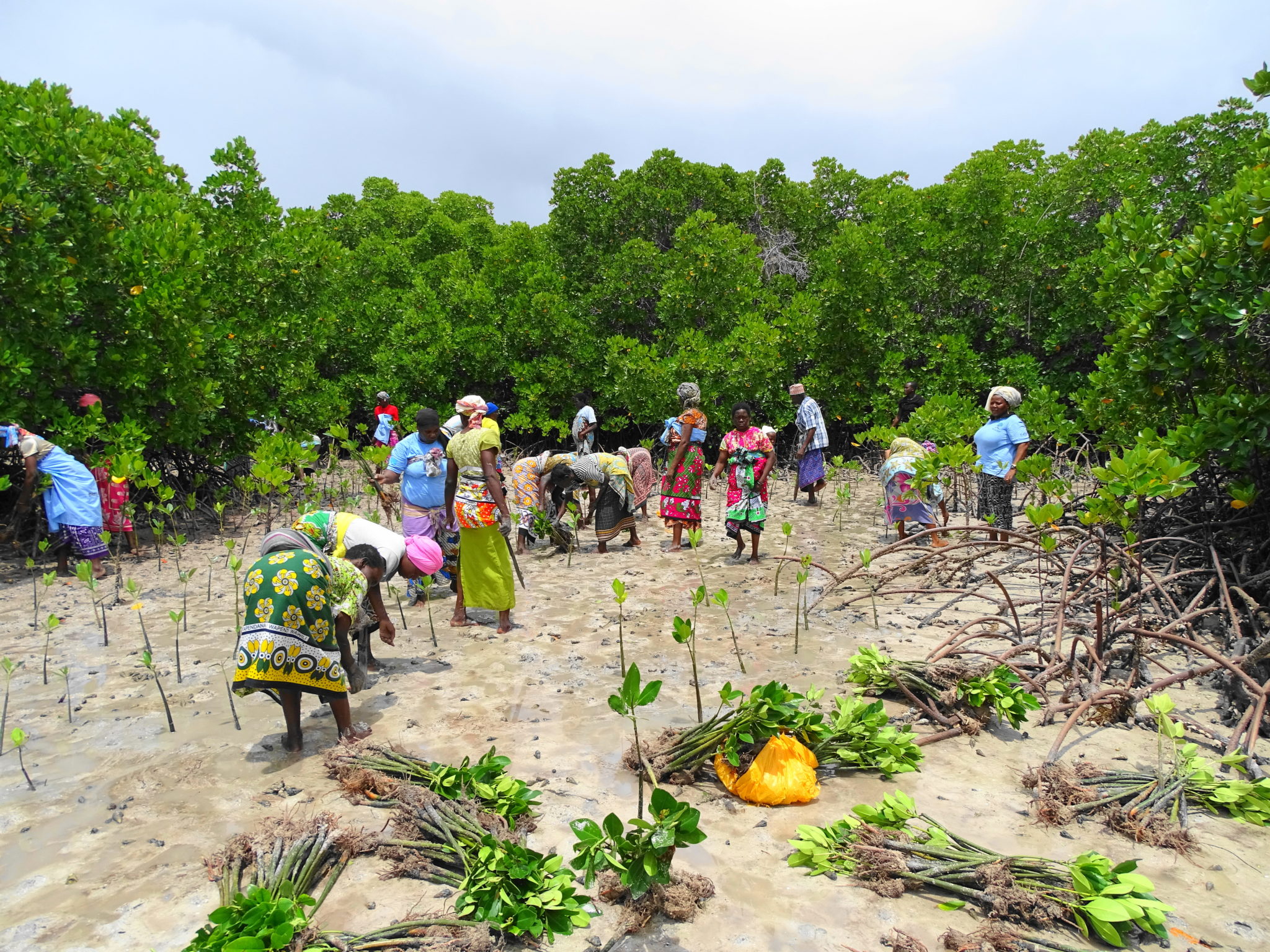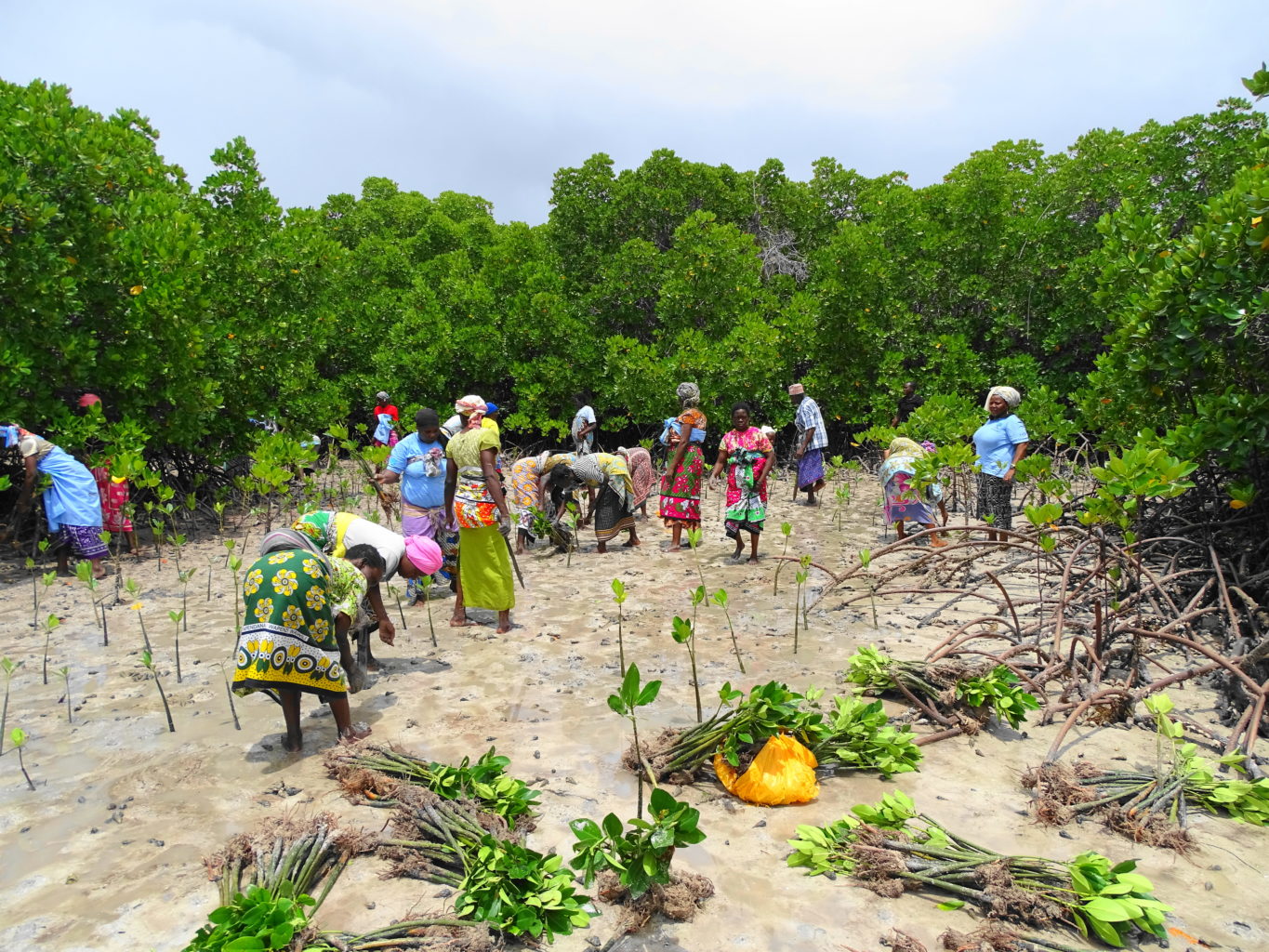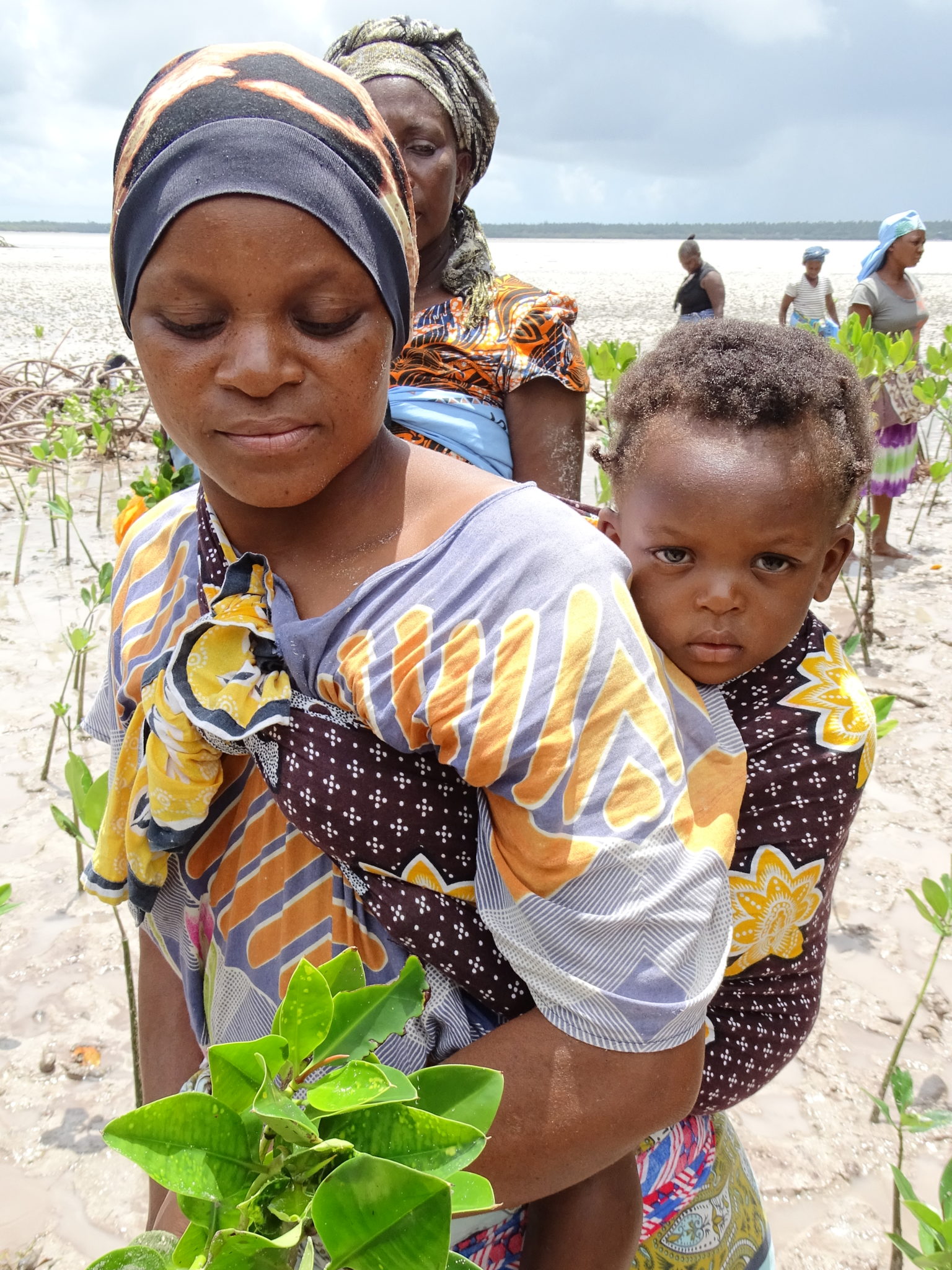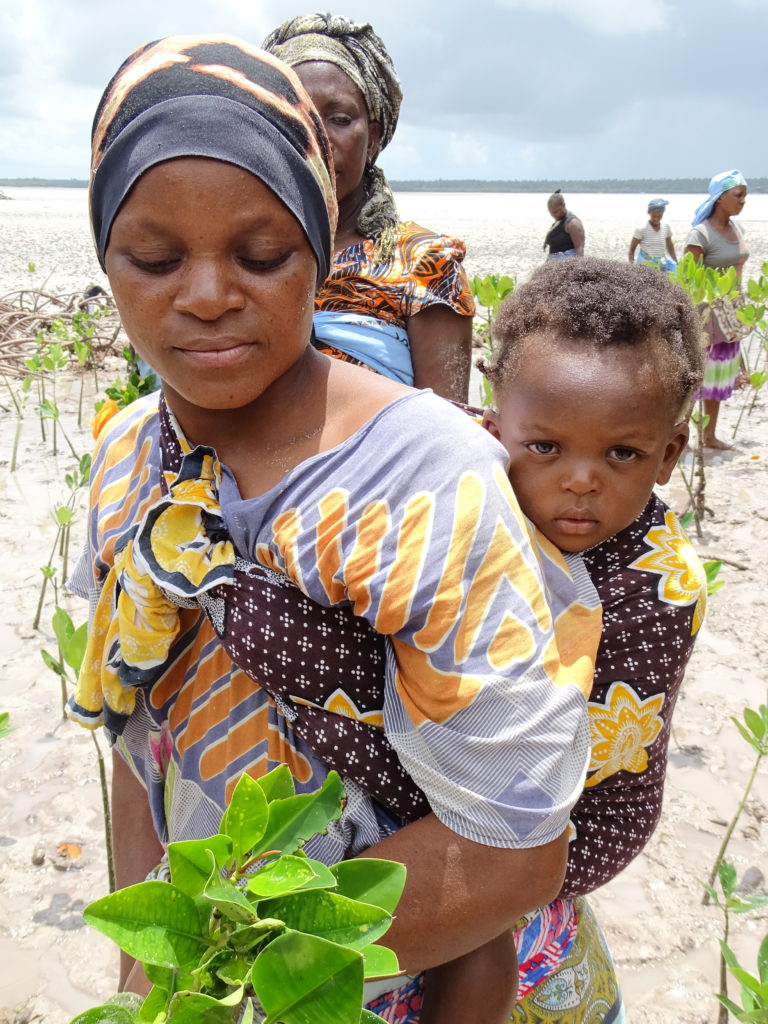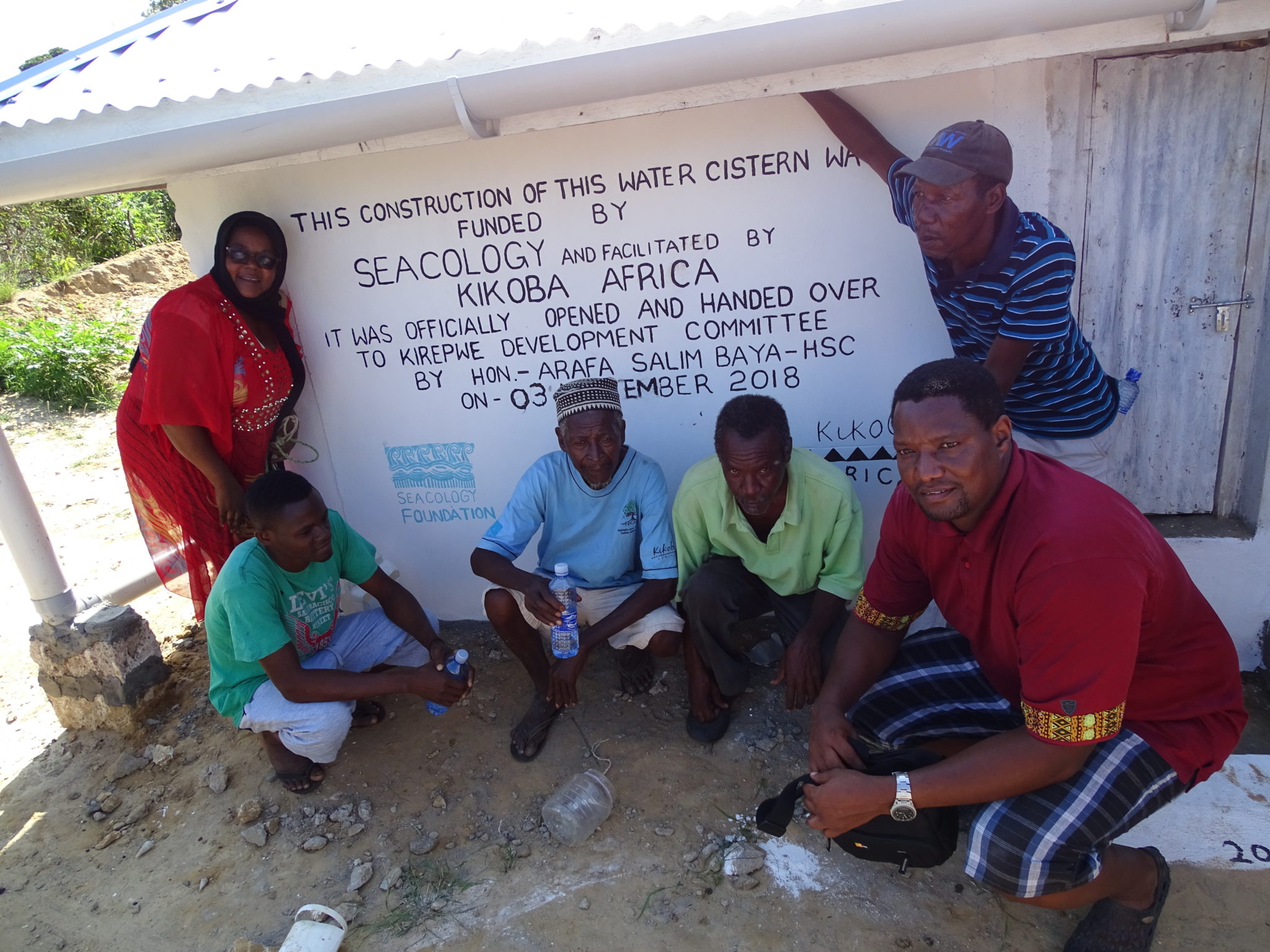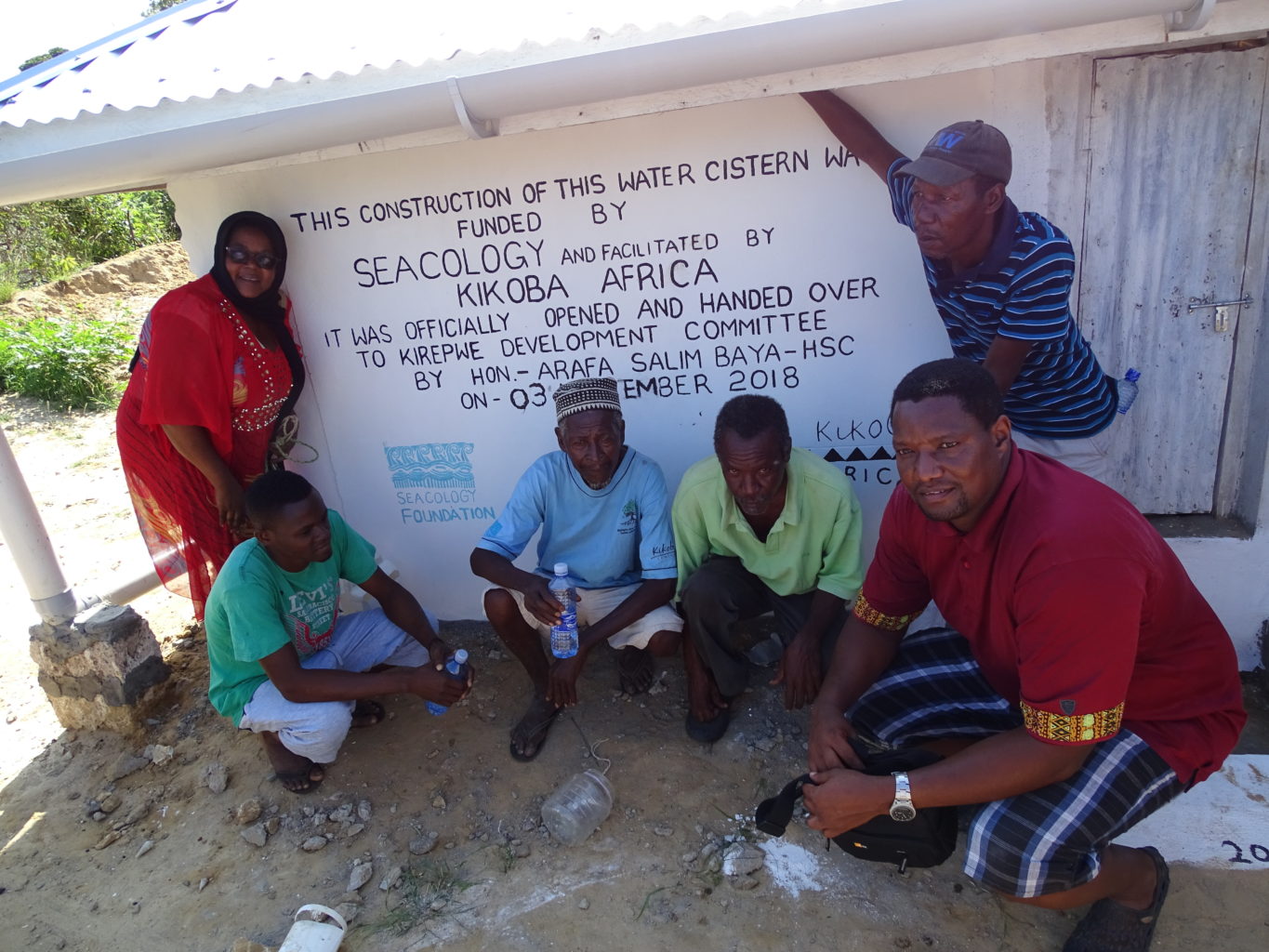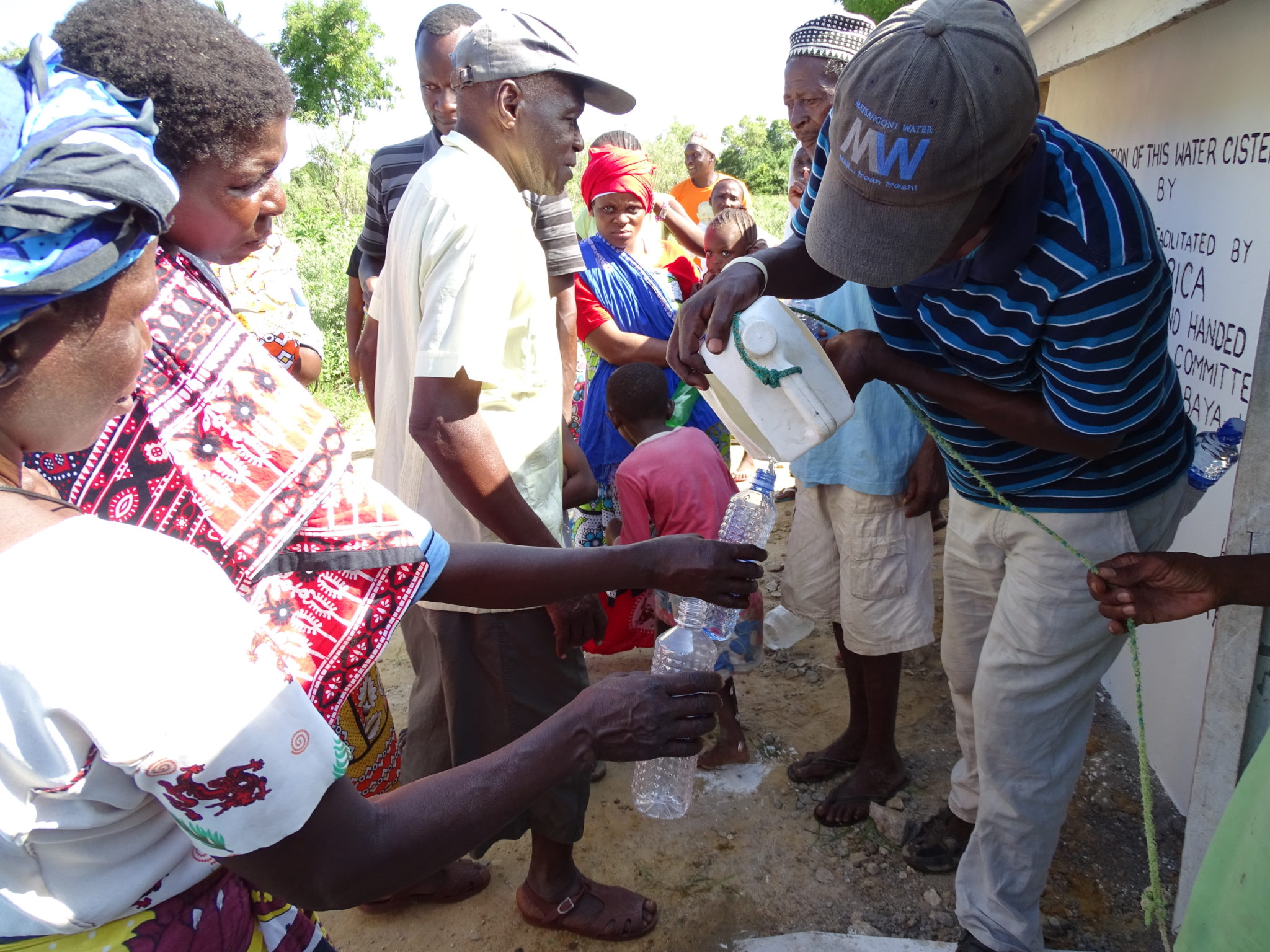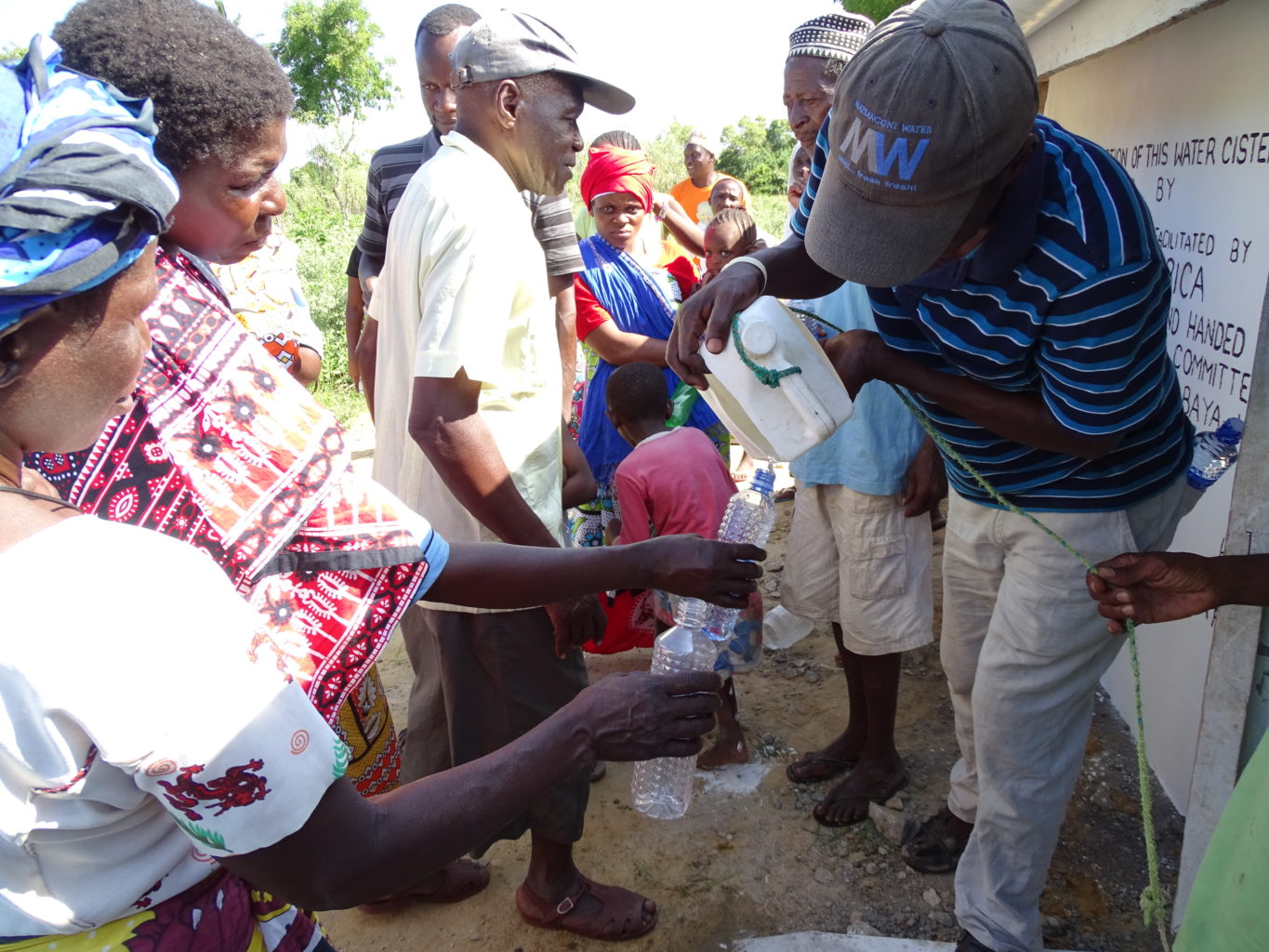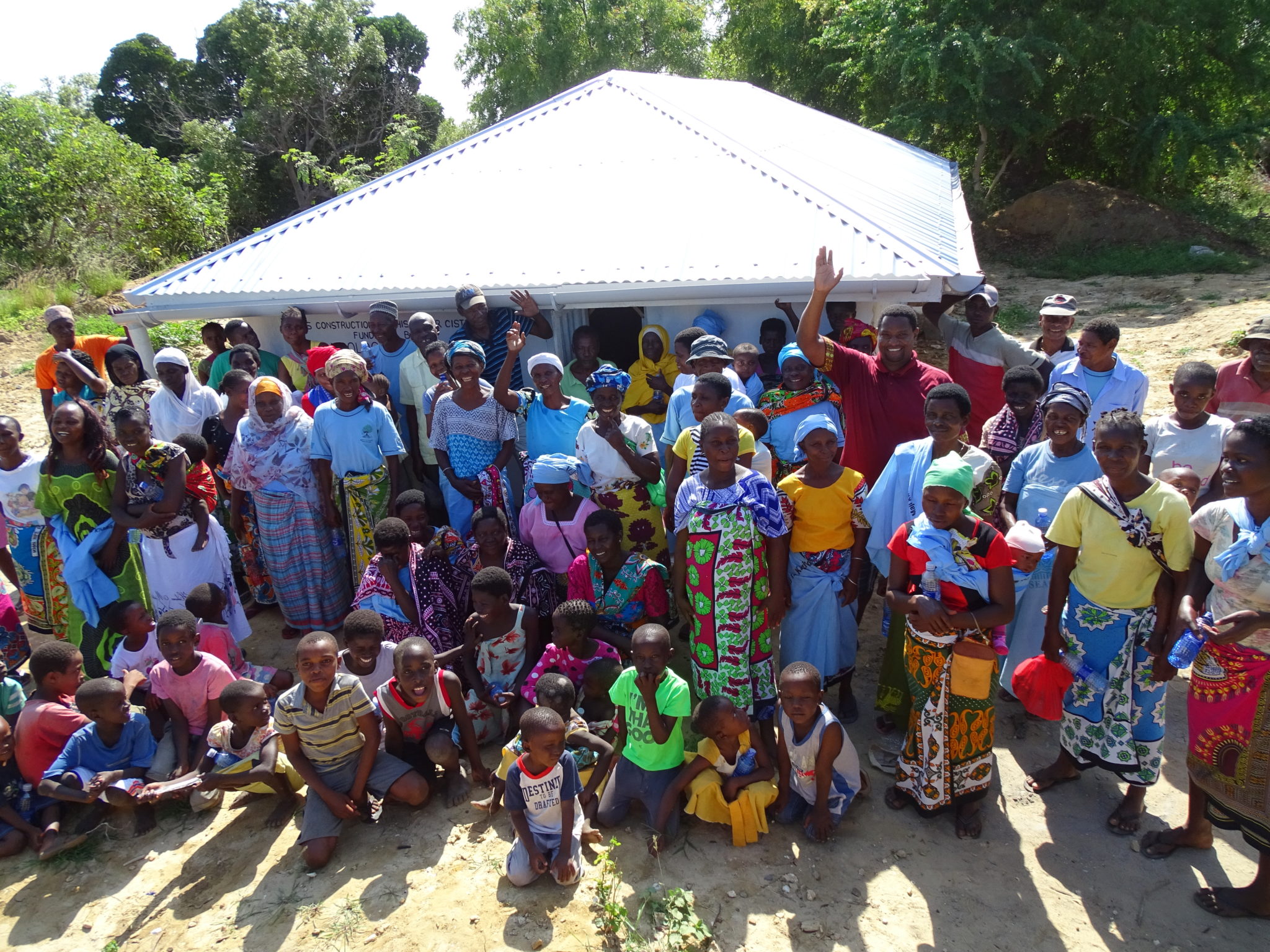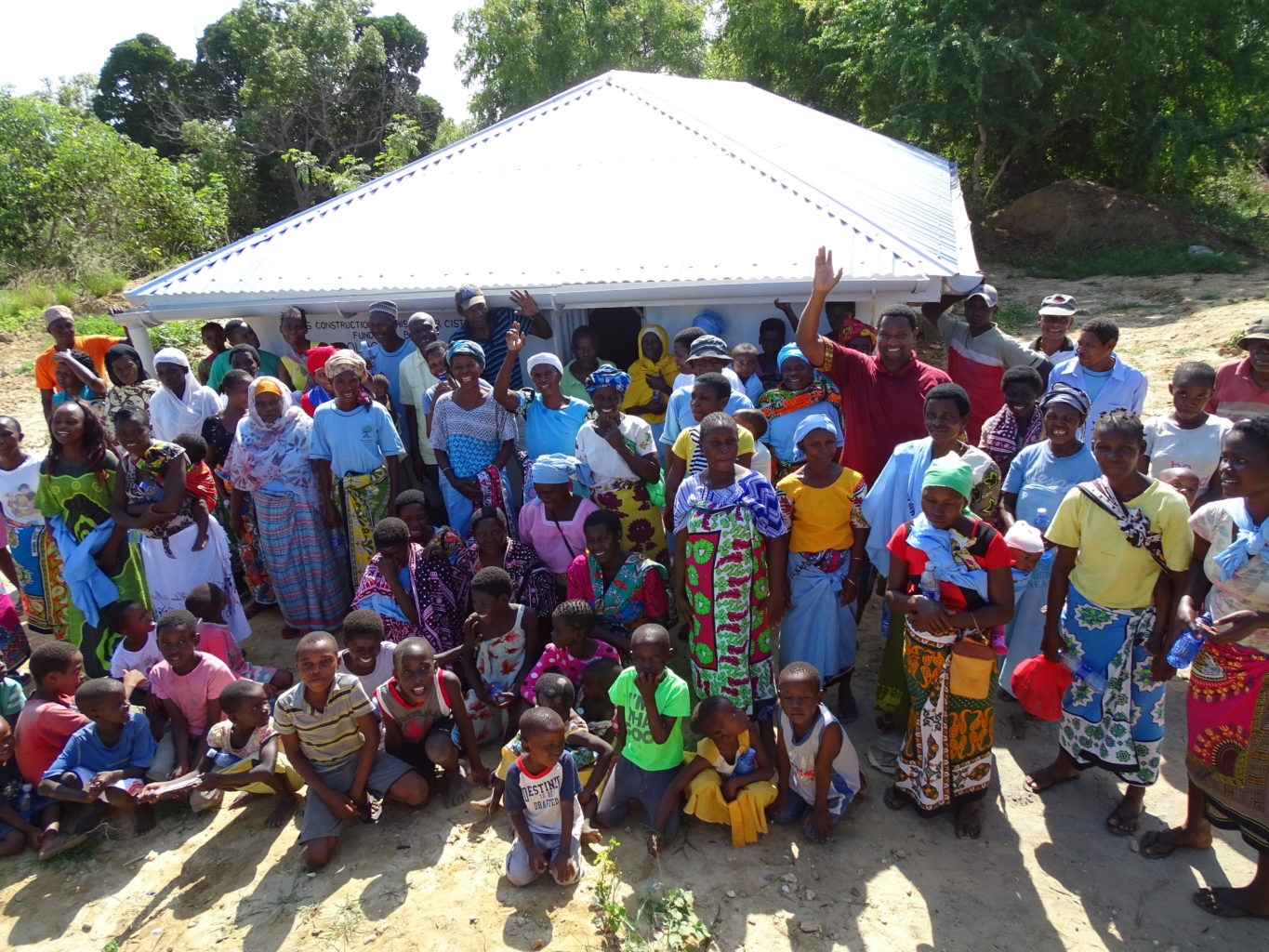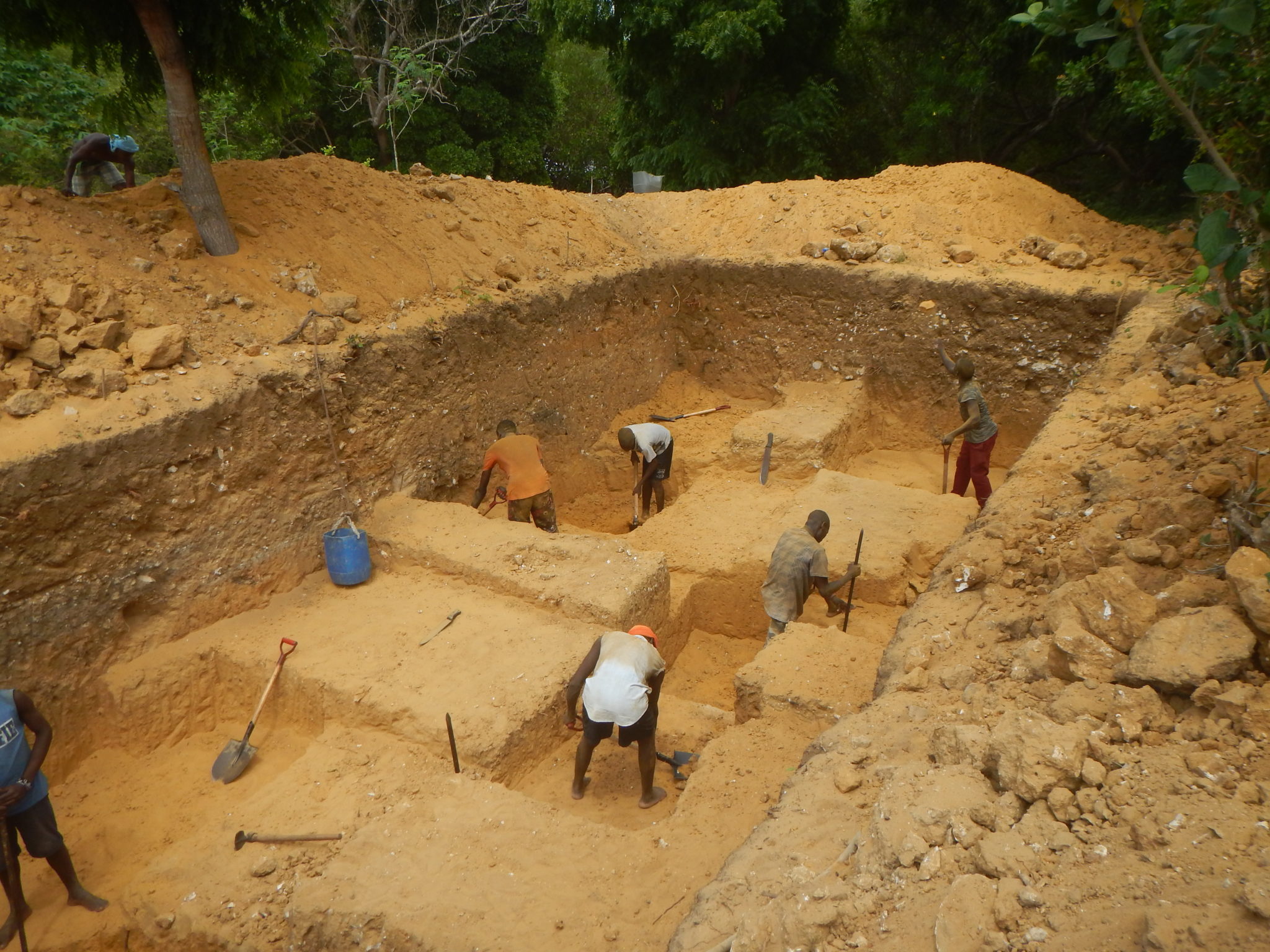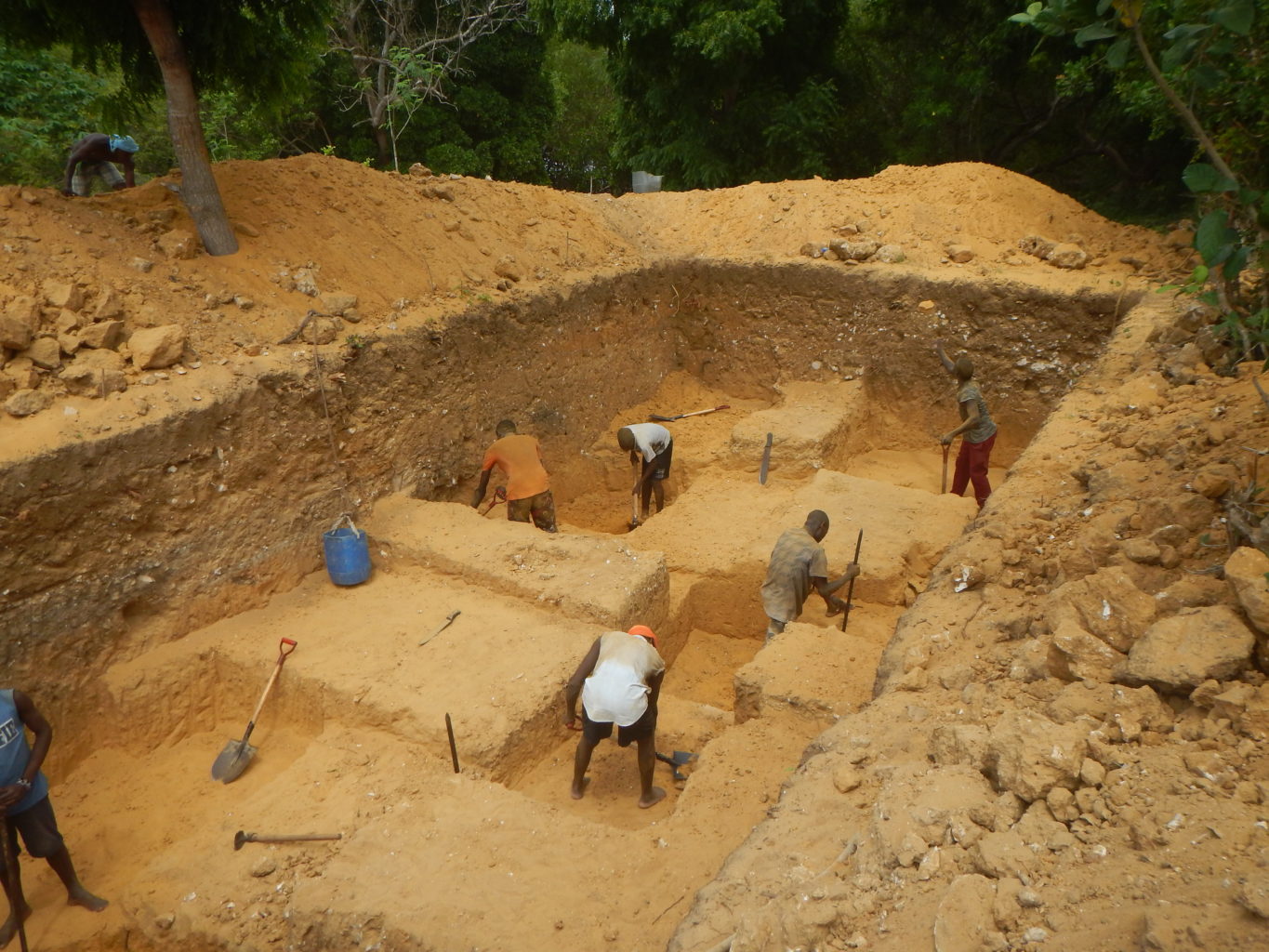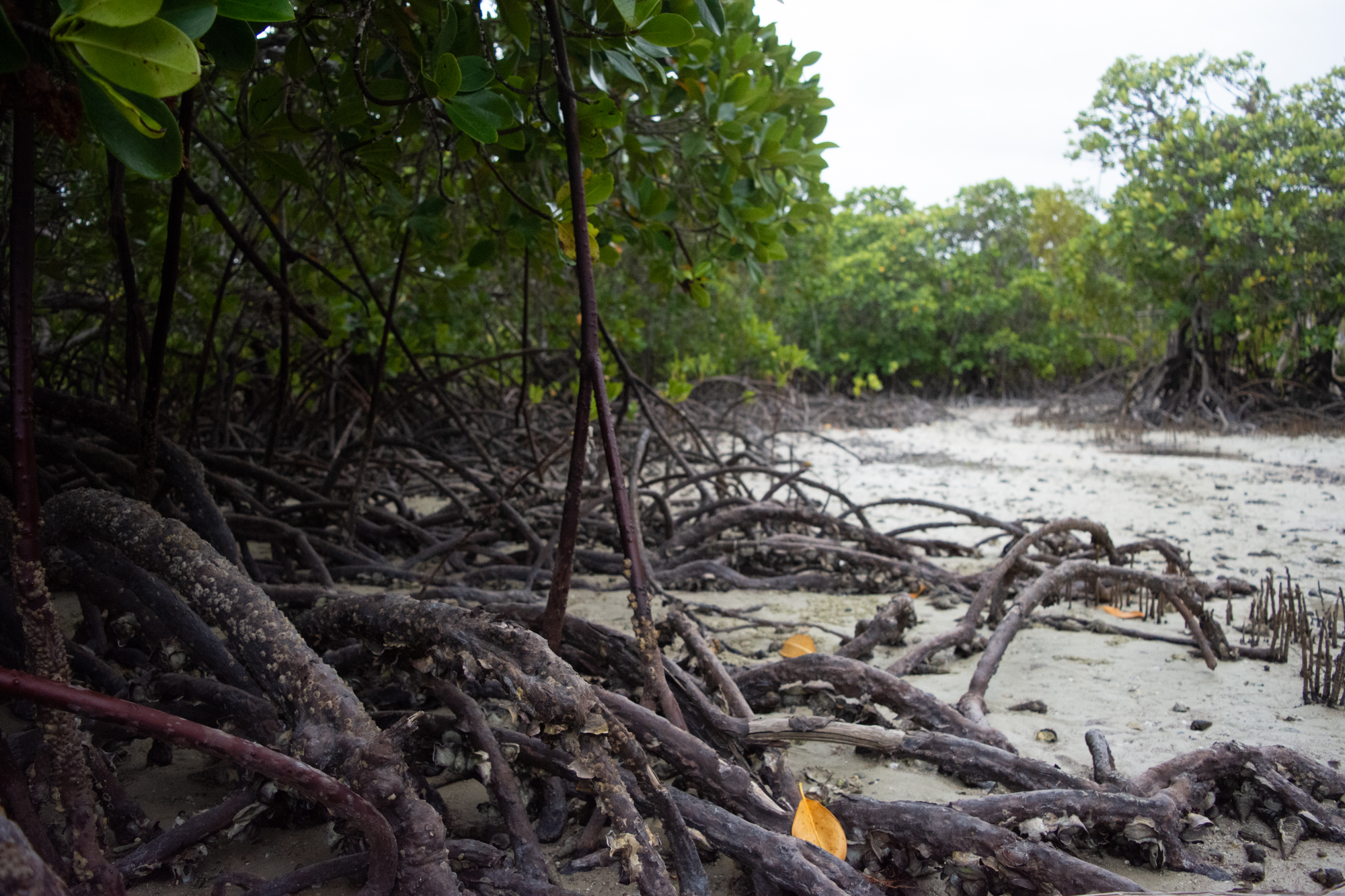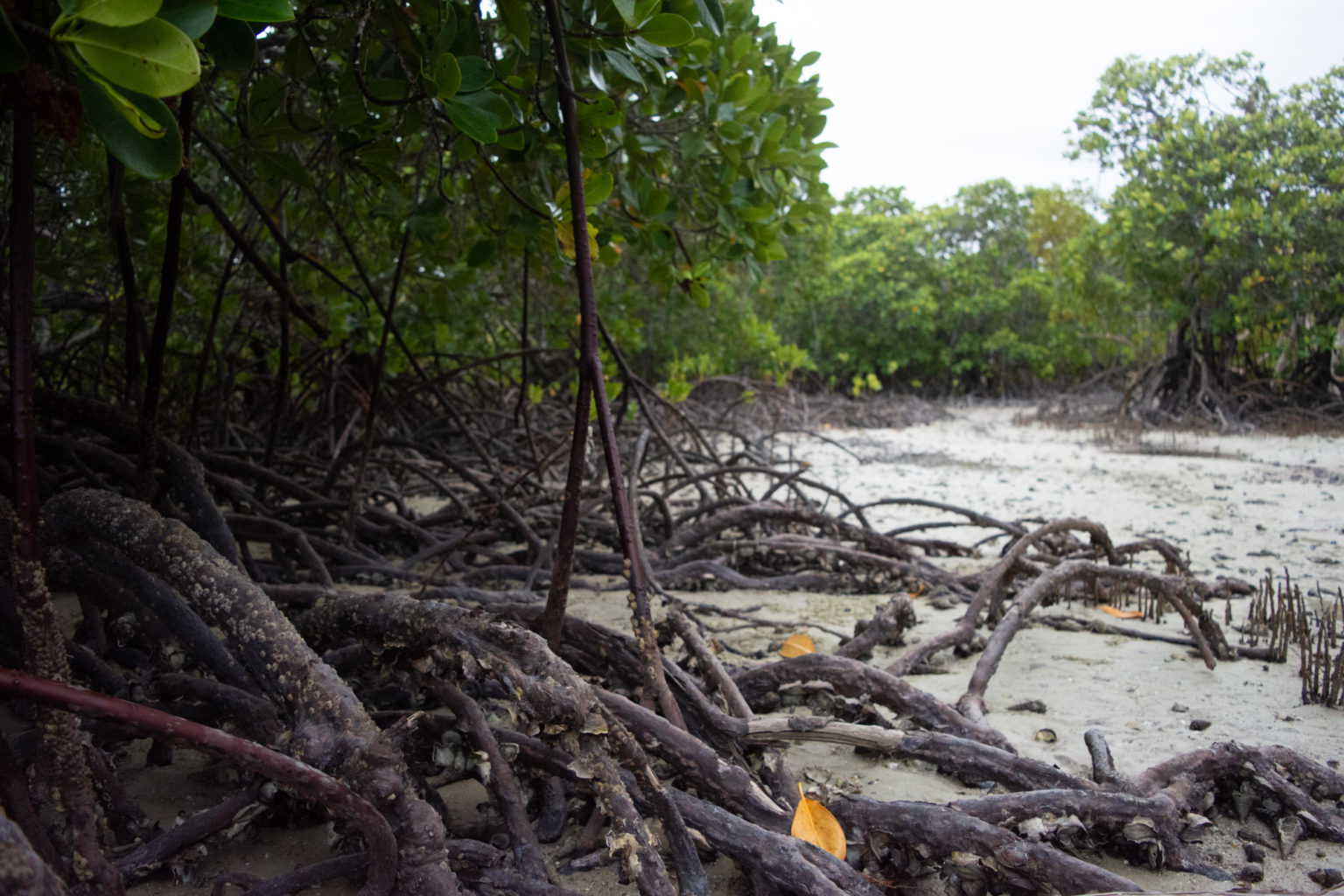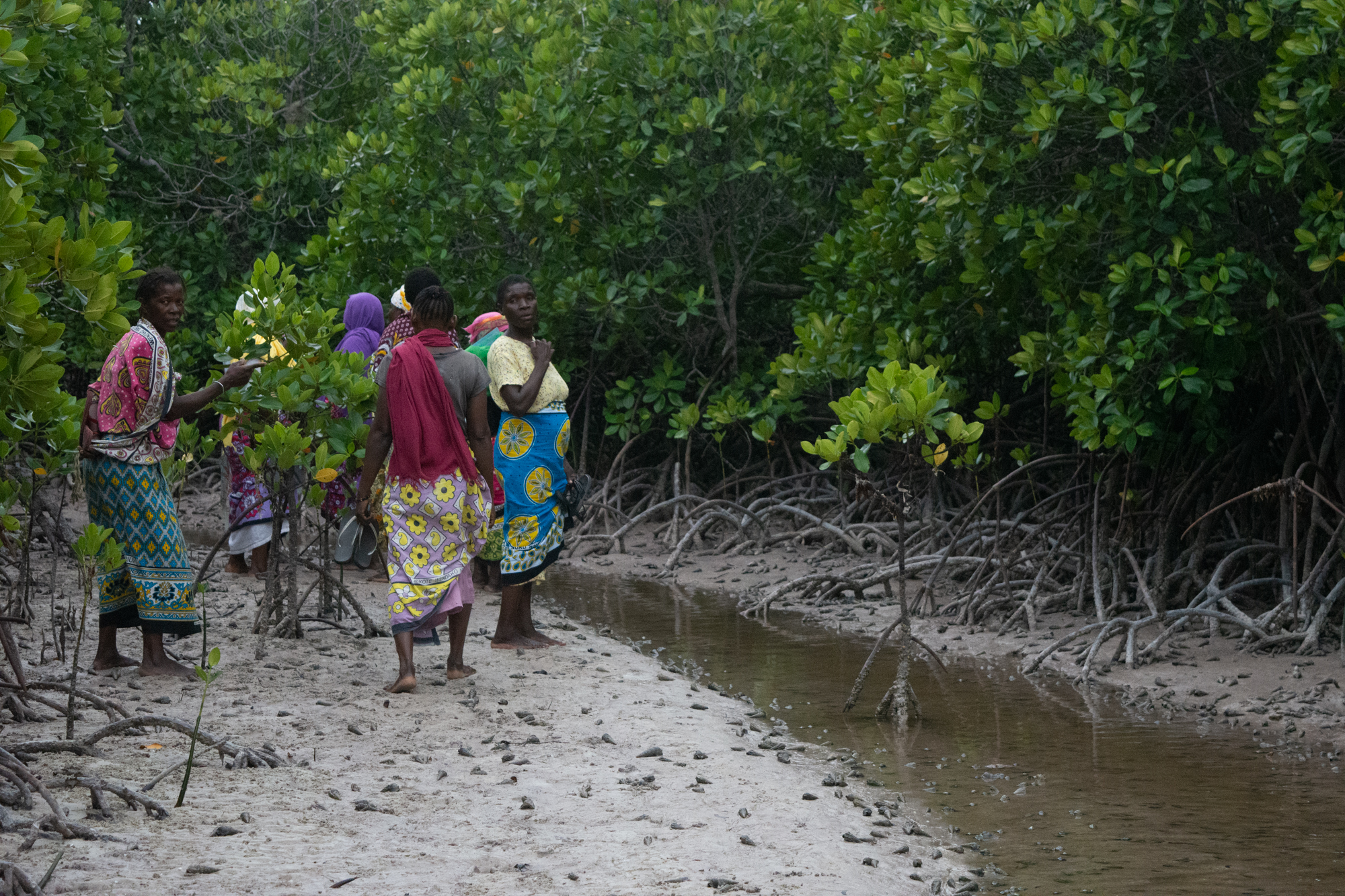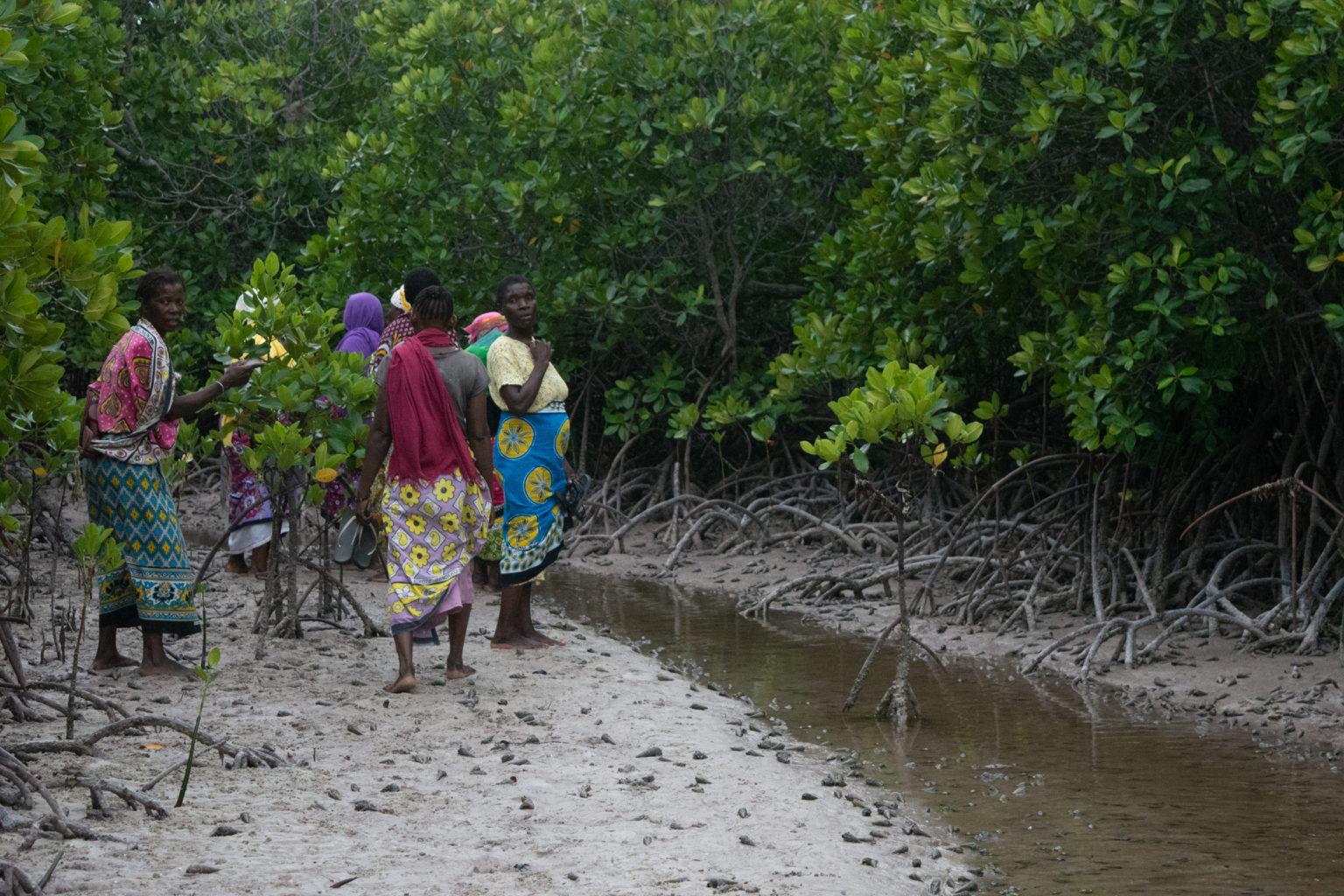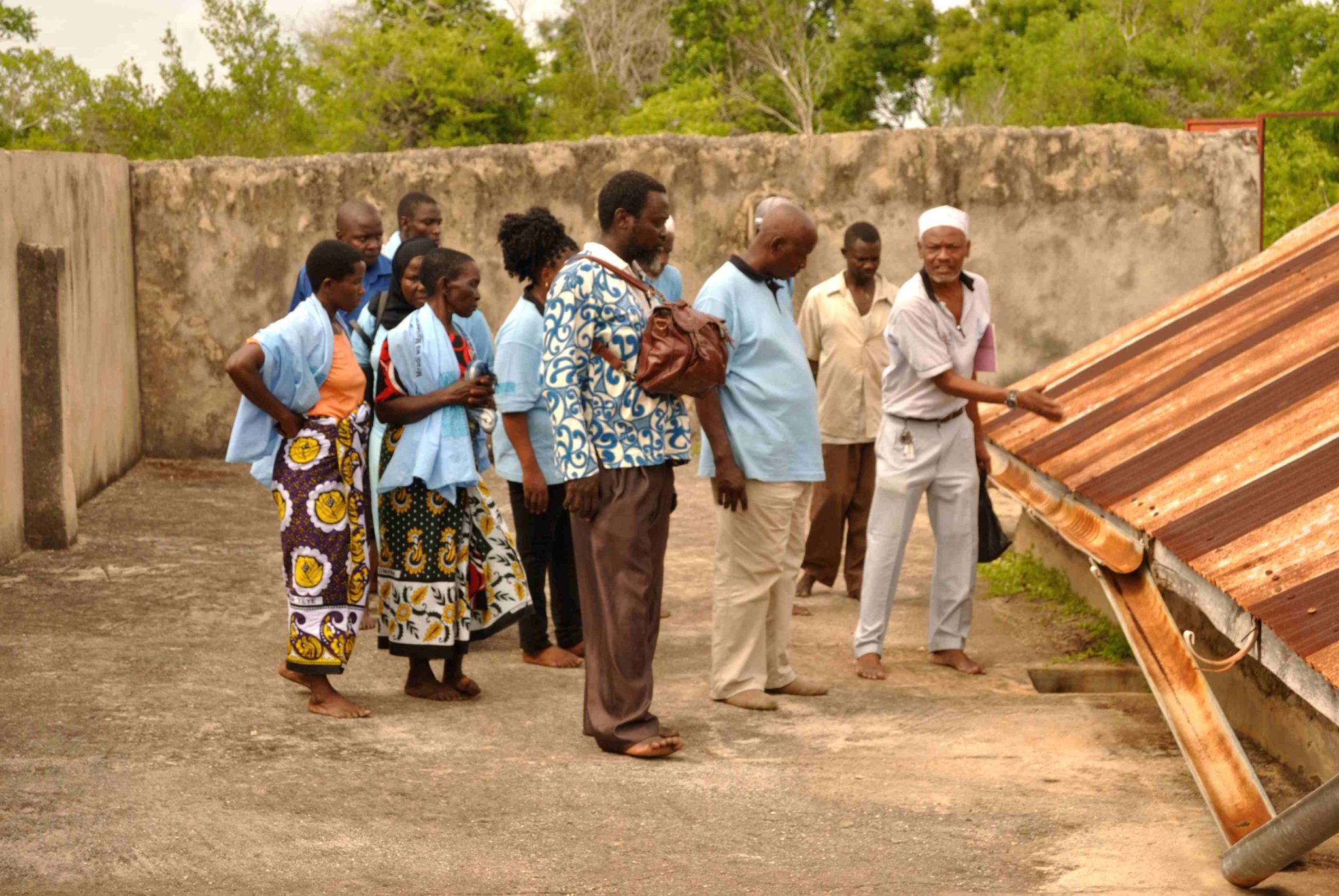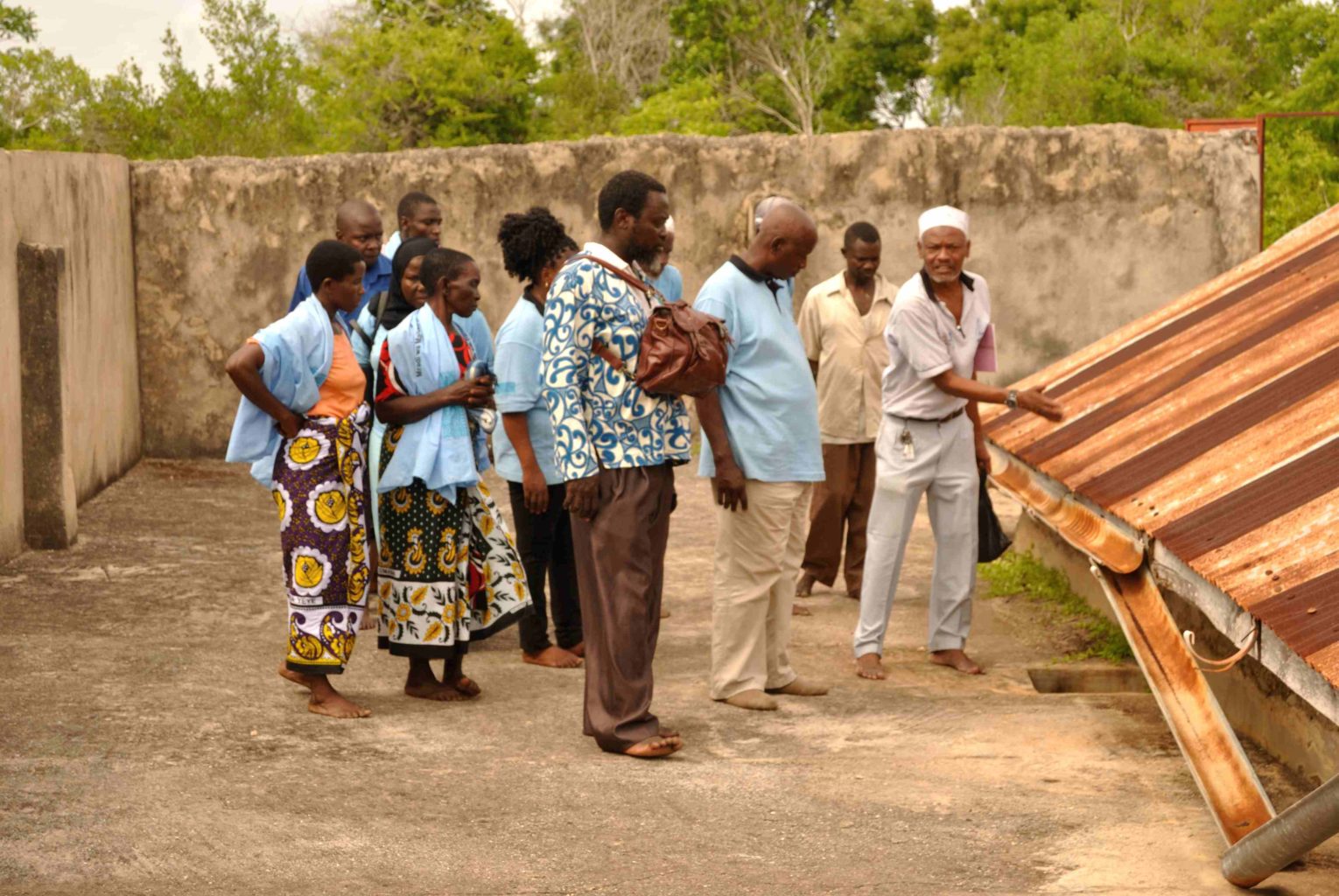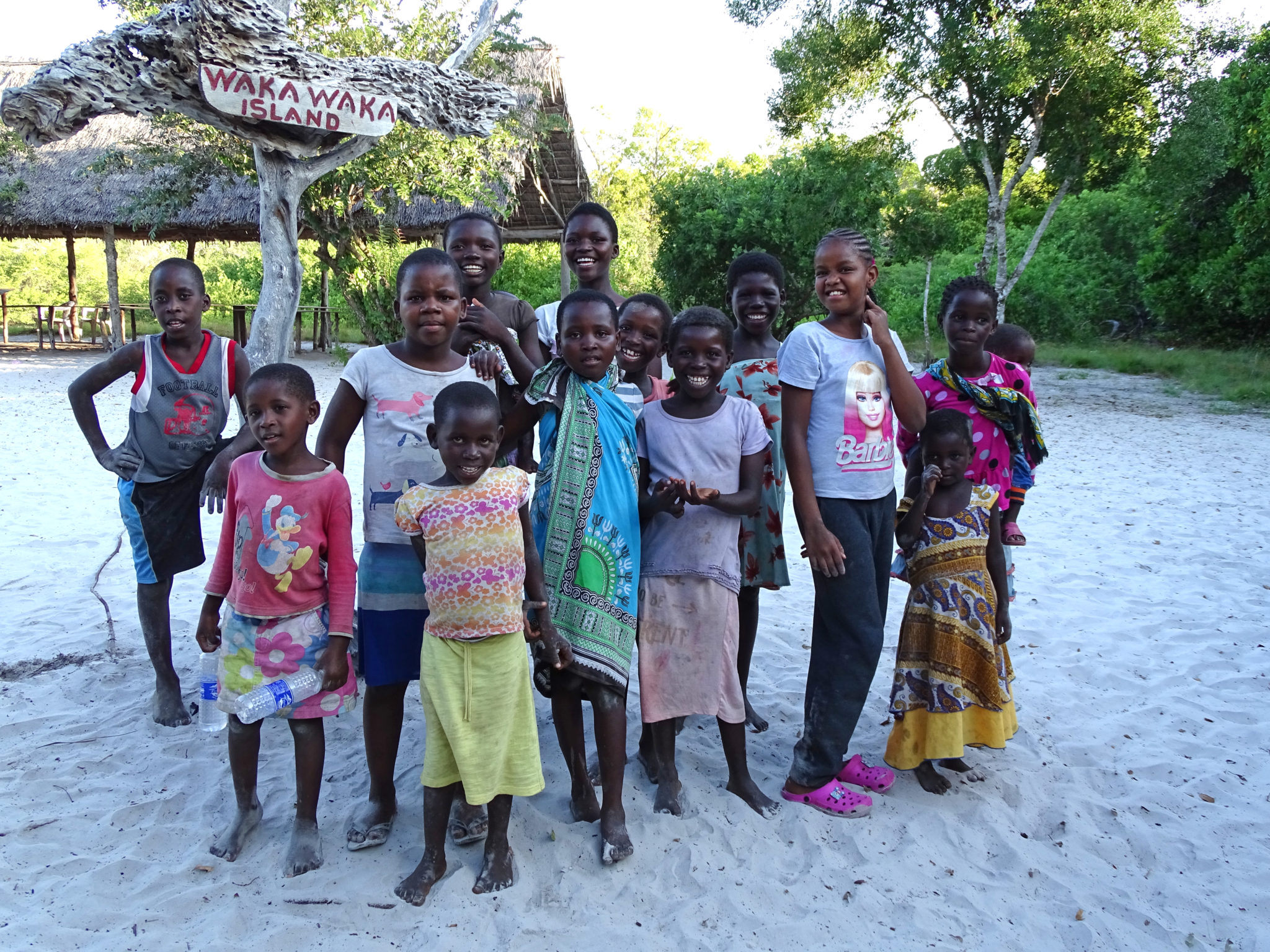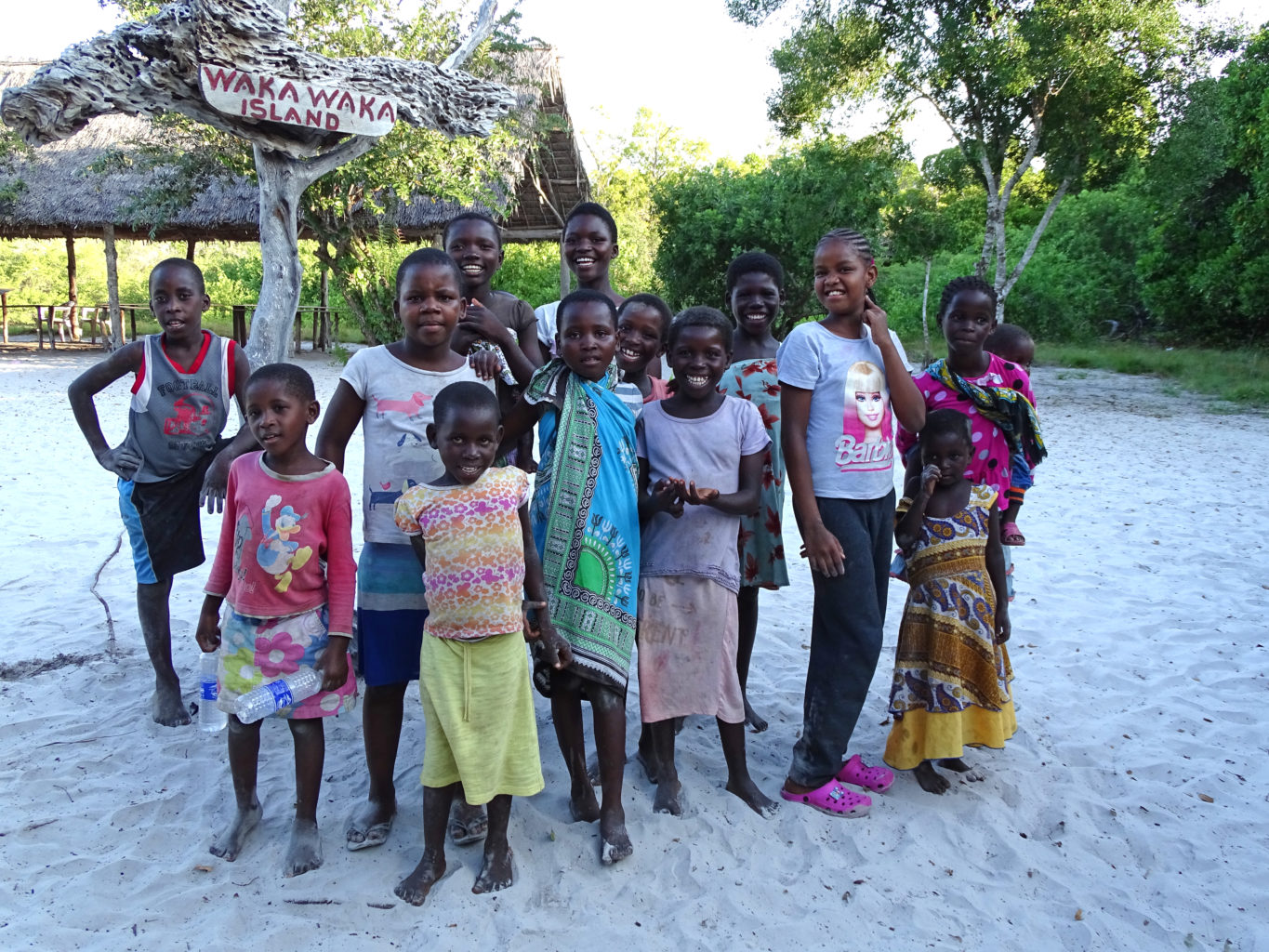Kirepwe is a small island within the expansive Mida Creek estuarine system on the Kenyan coastline. The greater Mida Creek-Arabuko Sokoke Forest ecosystem is considered the second most important International Bird Area in Africa. Over 230 bird species are found in the area. Mangrove forests, representing eight species, fringe Kirepwe Island itself.
The island is home to a unique community called the Waata or Sanya. They are vulnerable and marginalized, with unique cultural practices that are facing extinction. The Waata were hunter-gatherers who lived in the expansive Arabuko Sokoke forest, but were chased out when it became a national park. Many sought refuge on Kirepwe Island, where they live with migrant Giriama communities from the mainland; the island’s total population is 800. The Waata people are well-known beekeepers, with a rich cultural history of sustainable use of forest resources. However, due to extended drought, most of the Waata now depend on famine relief from the government and other donors.
The increasing population, as well as climate change and drought, threaten Kirepwe’s forests. The communities have repeatedly called for urgent action to stop deforestation, as well as to address the ongoing drought’s effect on water supplies.
The community has pledged to conduct awareness programs to inform island residents of the need to conserve the mangrove ecosystem. It will also protect the island’s 865 acres (350 hectares) of mangroves for at least 20 years. The Gede Community Forest Association will work with the Kenya Forest Department to map, monitor, and patrol the mangrove forests. In return, Seacology will fund a new water cistern and repair of a dilapidated existing one, and support mangrove replanting.


